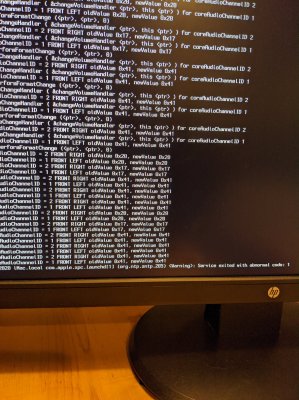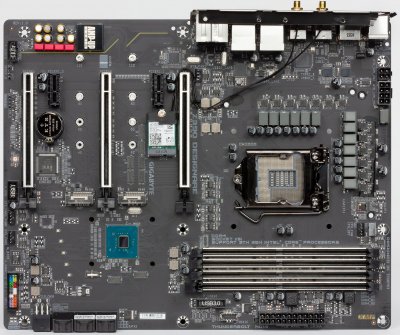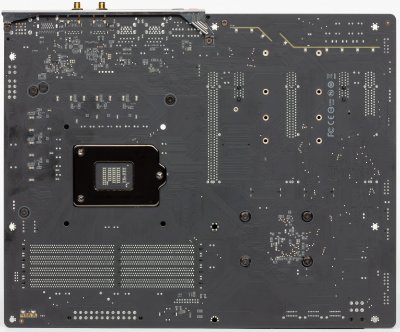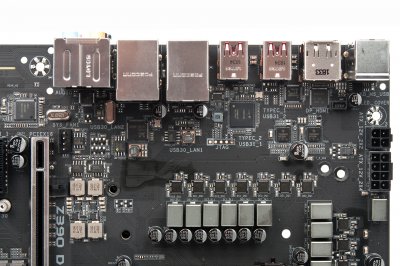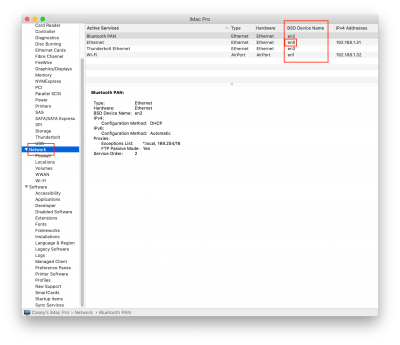- Joined
- Jan 3, 2020
- Messages
- 10
- Motherboard
- Gigabyte Z390 DESIGNARE
- CPU
- i9-9900k
- Graphics
- RX 580
Hi all! I just built a brand new machine, and I've been trying the Catalina fresh install. I'm having a tough time getting the Catalina installer to even boot, which seems strange to me. I followed the Catalina mini guide to the T. I tried reformatting my USB stick and redoing the guide many times. The installer begins to boot with the Apple logo, but crashes/hangs at about 60% each time. I included a pic of the error message which it always ends on. It seems to crash in slightly different places each time though. After this, it goes to a black screen.
I've tried removing the graphics card and using onboard graphics but it doesn't help.
Z390 Designare
i9-9900K
Sapphire Pulse RX 580
Samsung 1TB EVO 970 NVMe SSD
Corsair Vengeance RGB Pro 4x16GB
BIOS f7
Any help would be appreciated. Is there anything I could be overlooking?
I've tried removing the graphics card and using onboard graphics but it doesn't help.
Z390 Designare
i9-9900K
Sapphire Pulse RX 580
Samsung 1TB EVO 970 NVMe SSD
Corsair Vengeance RGB Pro 4x16GB
BIOS f7
Any help would be appreciated. Is there anything I could be overlooking?

